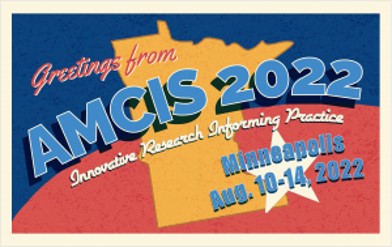SIG - ITProjMgmt IT Project Management
Loading...
Paper Type
ERF
Paper Number
1392
Description
Agile information systems development (ISD) is characterized by high levels of trust towards developers. However, a broad stream of research points to the presence of pragmatic agile practitioners, who follow agile prescriptions less rigorously and tend to put just as much emphasis on project controls than on trust. ISD project control literature so far explained control activities mostly through agency theory and, to a lower extent, stewardship theory. These theories do not explain well this "middle ground" between trust and controls as they have radical views on actors: agency assumes self-interested utility maximizers; stewardship presumes self-sacrificing stewards. In this study, we introduce signaling theory for explaining control in Agile ISD that allows for more balanced views on developers, and propose an explanatory case study to review the use of three alternative theoretical models in this context.
Recommended Citation
Virag, Peter; Bernroider, Edward; and Remus, Ulrich, "Neither Agents nor Stewards: Proposing Signaling Theory to Explain Agile Information Systems Development Control" (2022). AMCIS 2022 Proceedings. 1.
https://aisel.aisnet.org/amcis2022/sig_itpm/sig_itpm/1
Neither Agents nor Stewards: Proposing Signaling Theory to Explain Agile Information Systems Development Control
Agile information systems development (ISD) is characterized by high levels of trust towards developers. However, a broad stream of research points to the presence of pragmatic agile practitioners, who follow agile prescriptions less rigorously and tend to put just as much emphasis on project controls than on trust. ISD project control literature so far explained control activities mostly through agency theory and, to a lower extent, stewardship theory. These theories do not explain well this "middle ground" between trust and controls as they have radical views on actors: agency assumes self-interested utility maximizers; stewardship presumes self-sacrificing stewards. In this study, we introduce signaling theory for explaining control in Agile ISD that allows for more balanced views on developers, and propose an explanatory case study to review the use of three alternative theoretical models in this context.
When commenting on articles, please be friendly, welcoming, respectful and abide by the AIS eLibrary Discussion Thread Code of Conduct posted here.



Comments
SIG ITProjMgmt